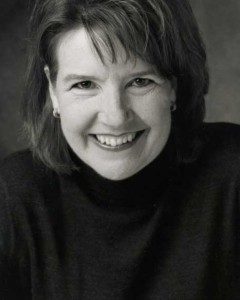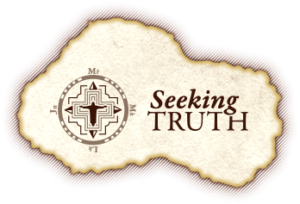Podcast: Play in new window | Download (Duration: 30:38 — 21.0MB) | Embed
Subscribe: Apple Podcasts | Spotify | Amazon Music | Android | Pandora | iHeartRadio | JioSaavn | Podchaser | Gaana | Podcast Index | Email | TuneIn | Deezer | Anghami | RSS | More
Episode 40 – John 19 – Crucifixion and Death of Jesus Part 2

The Gospel of John reaches a crescendo in Chapter 19: the crucifixion and death of Jesus Christ. The cosmic battle between good and evil, life and death reaches its climax on the cross. The prince of light and life triumphs over the prince of darkness and death. Banished to a life of darkness with the fall of Adam and Eve, mankind is brought back into the kingdom of light as Jesus crushes the head of Satan. Yet, we are surrounded by a culture of darkness and death that can only be dispelled by Christ through the sacraments of the Church.
John’s Gospel is dripping with irony, especially during the trial and crucifixion of Christ. Pilate asks: “What is truth?” as he looks upon the source of all truth, Jesus Christ. Satan suppresses truth, and as we hear in Romans 1, the suppression of truth leads us to go against our very nature. Sharon then teaches us some facts about the torture that Jesus experienced. Crucifixion was the preferred method of execution used by the Romans in the first century. It was often preceded by flogging, which by itself could bring about the death of a victim. Jewish law forbids more than 40 lashes, but Roman law had no such restrictions. The shroud of Turin demonstrates that Jesus likely received more than 100 strikes with the whip, weakening him to the point he could not carry his cross unassisted. The victims of crucifixion experienced a slow, agonizing death, with asphyxiation as the ultimate cause.
Drawing from Matthew’s account, Sharon then teaches us about Claudia, the wife of Pilate, who warned him to have nothing to do with Jesus’ death. Returning to John’s account, Sharon highlights additional examples of irony. Pilate sits in judgment of Jesus, who is the final judge of the living and the dead. Also, the Jews proclaim they have no king but Caesar, which puts them in violation of the Lord’s prohibition against idolatry as the emperor was the focus of worship in Roman culture. The Jews crucify Jesus on the charge of blasphemy, yet they declare allegiance to the false god of the Roman emperor.
A final example of irony is Pilate’s inscription placed on Jesus’ cross: the king of the Jews. Jesus is truly the king of kings and Lord of lords. Sharon then gives us interesting teaching about Dismas, the “good thief” who joins Jesus in paradise on the day of the crucifixion. The hour of the crucifixion is the hour of a new creation. God is the universal Father, Mary the universal mother, and Jesus the universal brother of all humanity. The Holy Spirit is the universal language and John represents the universal priesthood established by Christ.
Sharon Doran serves as the teaching director of “Seeking Truth.” An experienced Bible Study teacher, Sharon has a passion for scripture that will motivate and challenge you to immerse yourself in God’s Word and apply His message to your everyday life.
For more in this series, visit the Seeking Truth with Sharon Doran Discerning Hearts page.
 “Seeking Truth” is an in-depth Catholic Bible Study commissioned by the Archdiocese of Omaha in response to John Paul II’s call to the New Evangelization as well as Pope Benedict XVI’s exhortation for all Catholics to study scripture. To learn more, go to www.seekingtruth.net
“Seeking Truth” is an in-depth Catholic Bible Study commissioned by the Archdiocese of Omaha in response to John Paul II’s call to the New Evangelization as well as Pope Benedict XVI’s exhortation for all Catholics to study scripture. To learn more, go to www.seekingtruth.net

